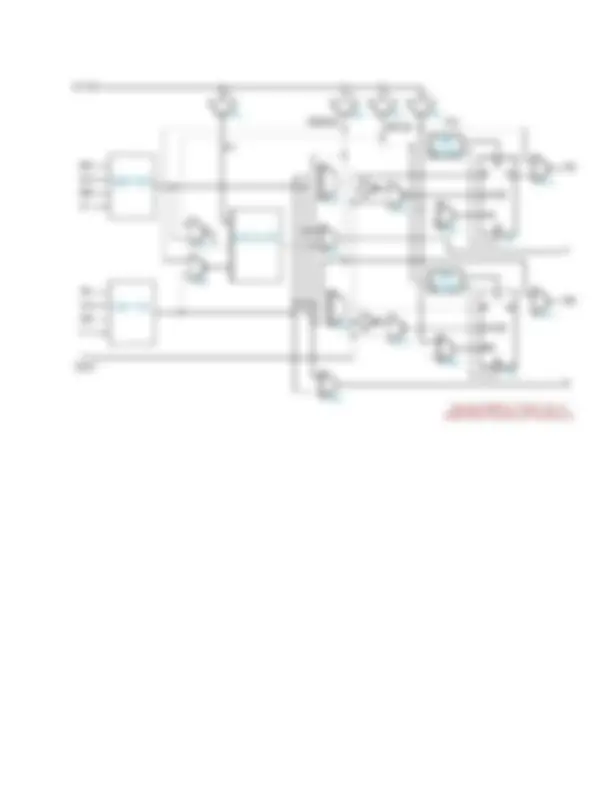



Study with the several resources on Docsity

Earn points by helping other students or get them with a premium plan


Prepare for your exams
Study with the several resources on Docsity

Earn points to download
Earn points by helping other students or get them with a premium plan
Community
Ask the community for help and clear up your study doubts
Discover the best universities in your country according to Docsity users
Free resources
Download our free guides on studying techniques, anxiety management strategies, and thesis advice from Docsity tutors
The instructions and questions for the final exam of the ece 4110 - sequential logic design course, offered in the fall 2004 semester. The exam covers topics such as designing a binary counter using 74xxx components, verifying timing conditions in synchronous sequential logic circuits, and implementing a finite state machine (fsm) using vhdl.
Typology: Exams
1 / 3

This page cannot be seen from the preview
Don't miss anything!


a. Convert this table to a standard transition/output list , with fully simplified expressions and the minimal number of transitions. As usual, group all the same current states consecutively in the list. b. Write the complete VHDL architecture section, in the Two Process FSM style , using a minimal amount of code. The VHDL entity section is given below. Use the default (simplest) state assignment provided by Quartus. States must change on the positive edge of the clock. No explicit reset function is needed. Follow our standard VHDL style for names, keywords, and indentation.
| N |
| S | 0 1 |
|---|---|
| Init | Init,00 Go1 ,01 |
| Go1 | Go22,01 Go22,01 |
| Go22 | Go1 ,10 Init,11 |
S*,XY LIBRARY ieee ; USE ieee.std_logic_1164.all ; ENTITY fsm IS PORT ( n, clk: IN STD_LOGIC; x, y : OUT STD_LOGIC ) ; END fsm ;
a. Describe the implementation (what is the internal logic structure?) and the functionality (what does it do?) provided by the block labeled F. b. How many input signals and output signals exist in the CLB? (2 answers here) c. Output X can be a function of which input signals? d. What are the signal choices available to drive the flip-flop clock inputs? e. What are the signal choices available to drive the flip-flop clock enable inputs?